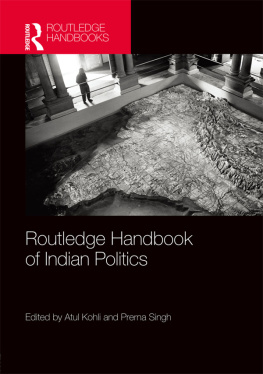Foreword
I read this book with fascination.
Ever since I became interested in Indian politics as a schoolboy in Calcutta during the 1980s, I have known about the little patch of India called Kannur. It was already notorious for political killings, and the reputation has only grown since.
Last year, I was browsing the in-flight magazine on a domestic flight. As I flipped through the pages, gorgeous photographs of a seaside destination caught my attention. It was a feature on Kannur, which the airline was promoting as a hidden gem of the south. The article was so attractively presented that it made me want to visit there. The only drawback seemed to be that the place is a rather long drive from the nearest airport the airline flies to. That lack of air connectivity is set to end as Kannurs own airport is due to open in 2018.
As a native and a resident of West Bengal, I can relate to the phenomenon euphemistically referred to as political violence. The politics of murder was pioneered in my state by Naxalite militants, who, during their 196972 insurrection, vigorously practised the khatam (liquidation) line preached by their leaders. The victims included traffic cops, numerous grass-roots activists of the Communist Party of India (Marxist), or the CPI(M), from which the Naxalite stream broke away in 1969, and sundry civilians labelled as enemies of the revolution. The murder of political opponents was normal, almost routine, during the thirty-four years (19772011) the CPI(M)-led Left Front ruled West Bengal. In a chapter on state politics in West Bengal in a book on Indias contemporary democracy I published in 2013, I noted that the intensely adversarial and combative character of the states politics bred a culture of political violence through the decades of LF ruleincluding frequent murders of individuals and sporadic small-scale massacresperpetrated by both camps but especially the ruling CPM. Most perpetrators, and victims, owed allegiance to the CPI(M) or to the main opposition, the Congress (largely replaced from 1998 onwards by the Trinamool Congress). But in some locales, the CPI(M) engaged in murderous conflict even with the smaller constituent parties of the Left Front. These were turf wars, struggles for local dominance gone toxicand lethal. The fighting took place between whichever parties were the major players in electoral politics locally. An interesting feature of the Kannur violence is that one of the two main protagonists is the Rashtriya Swayamsevak Sangh (RSS), although the Bharatiya Janata Party (BJP) is no more than a bit player in the regions electoral politics. But as in Kannur, those who have died in West Bengal over the decades have mostly been the small fry, people used simultaneously as foot soldiers and cannon fodder.
The incidence of political killings declined sharply after the regime change in West Bengal in mid-2011. But of late, the scourge has returned with a vengeance, under the entrenched rule of the new hegemon of the states blighted politics.
Ullekh N.P. is uniquely placed to write this chronicle of Kannur, both as a native of the place and as the son of the late Marxist leader Pattiam Gopalan. Being an insiderand a politically connected insider at thatcan however pose disadvantages as well as advantages for the writer. It is to Ullekhs credit that he has managed to avoid the pitfalls of being an insider with deep connections to the politics of Kerala and of Kannur. His account is admirably unbiased and impartial. He also writes with an ideal mixture of empathy and detachment. One of the risks of writing about brutality is that the story as told can easily descend into voyeurism, and become a sort of pornography of violence. And this books subject is as brutal as they comea true tale of scores, if not hundreds, of macabre, almost ritual-style murders in which those attacked are targeted with swords, surgical knives and other sharp-bladed weapons of local provenance. Ullekh tells the story of unending horror with deadpan factuality, tinged with compassion. In the process, he avoids two temptations that could easily have marred this book: gratuitous sensationalism and excessive sentimentality. At the same time, he fully exploits his profound, native-born knowledge of the history, culture, society and politics of Kannurand beyond that of Malabar and the rest of Keralato produce a finely textured, illuminating narrative.
A week before I sat down to write this foreword in May 2018, a CPI(M) activist and an RSS worker were killed in Kannurboth were stabbed and hacked with sharp weapons, in grisly signature stylewithin half an hour of each other in Mah, the one-time French enclave located between Thalassery in Kannur district and Vadakara in Kozhikode district. These were the latest of thirteen political killings in the Kannur area since mid-2016, despite hundreds of peace meetings during the same period at local and district levels, and two high-level meetings held in Thiruvananthapuram and Kannur chaired by Keralas chief minister. A few days after the twin murders, the chief ministera native of Kannur who is referred to as Modi in a dhoti by some of his criticsvisited the home of the slain CPI(M) cadre to pay his condolences to the family, but not the nearby home of the RSS worker.
The human tragedy of Kannur, etched on the faces of the hundreds of widows and orphans from the blood feuds, represents a deformity and a pathology of Indian politics. The politics of murder is in fact the murder of politics as it should be practised in the democracy of a civilized country. We cannot take pride in the maturity of our democracy until this scourge is eradicated, in Kannur and everywhere else.
Kolkata
May 2018
Sumantra Bose
Professor of international and comparative politics, London School of Economics and Political Science
1
Waves of Violence
T he year 1972. Two weeks after her monsoon wedding, and less than ten months before my twin and I were born, my mother woke up in the wee hours to her brother-in-laws shouts ringing through the house: Gopaletta! Someone killed Azhikodan! Comrade Azhikodan is dead! My father, Pattiam Gopalan, a senior political leader of Kerala and a former member of Parliament, rushed out to fetch the body from Thrissur, along with his colleague M.V. Raghavan. As the men dashed off silently into the dark, the young bride sat in her new home, frozen in shock and fear.
Yet another night in the life of yet another communist wife.
Kannur in North Kerala is home to pristine beaches, among them Asias largest drive-in beach in the tough-to-pronounce Muzhappilangad. Many decades ago, tourists had not yet set foot here in hordes and it was a hideaway of sorts for young couples who often took a short walk through the sea at low tide to the

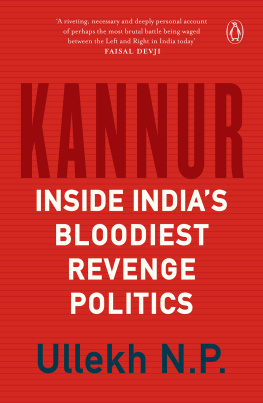
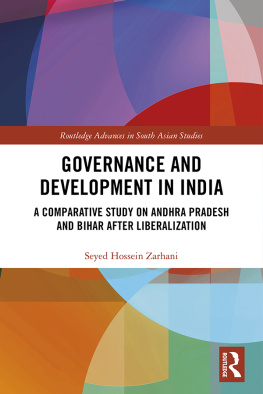

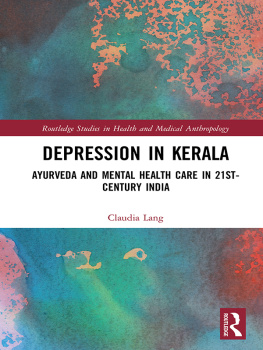

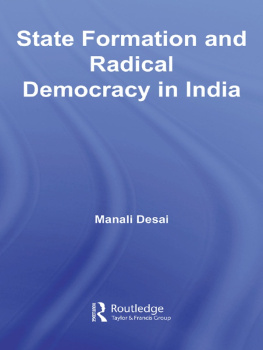
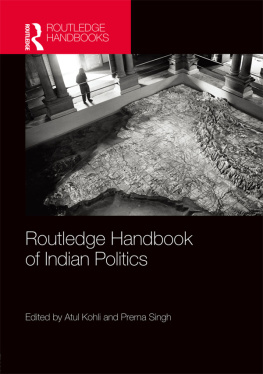

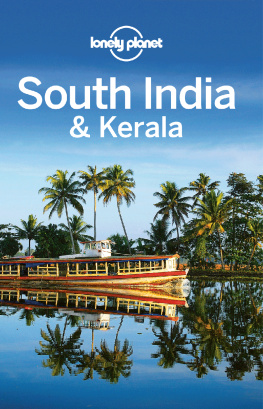
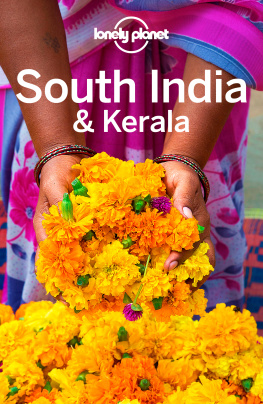
![Ullekh N P - Kannur: Inside India’s Bloodiest Revenge Politics [Hardcover] ULLEKH NP](/uploads/posts/book/140966/thumbs/ullekh-n-p-kannur-inside-india-s-bloodiest.jpg)
